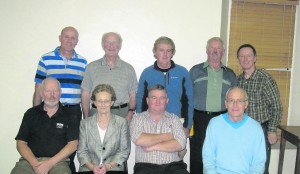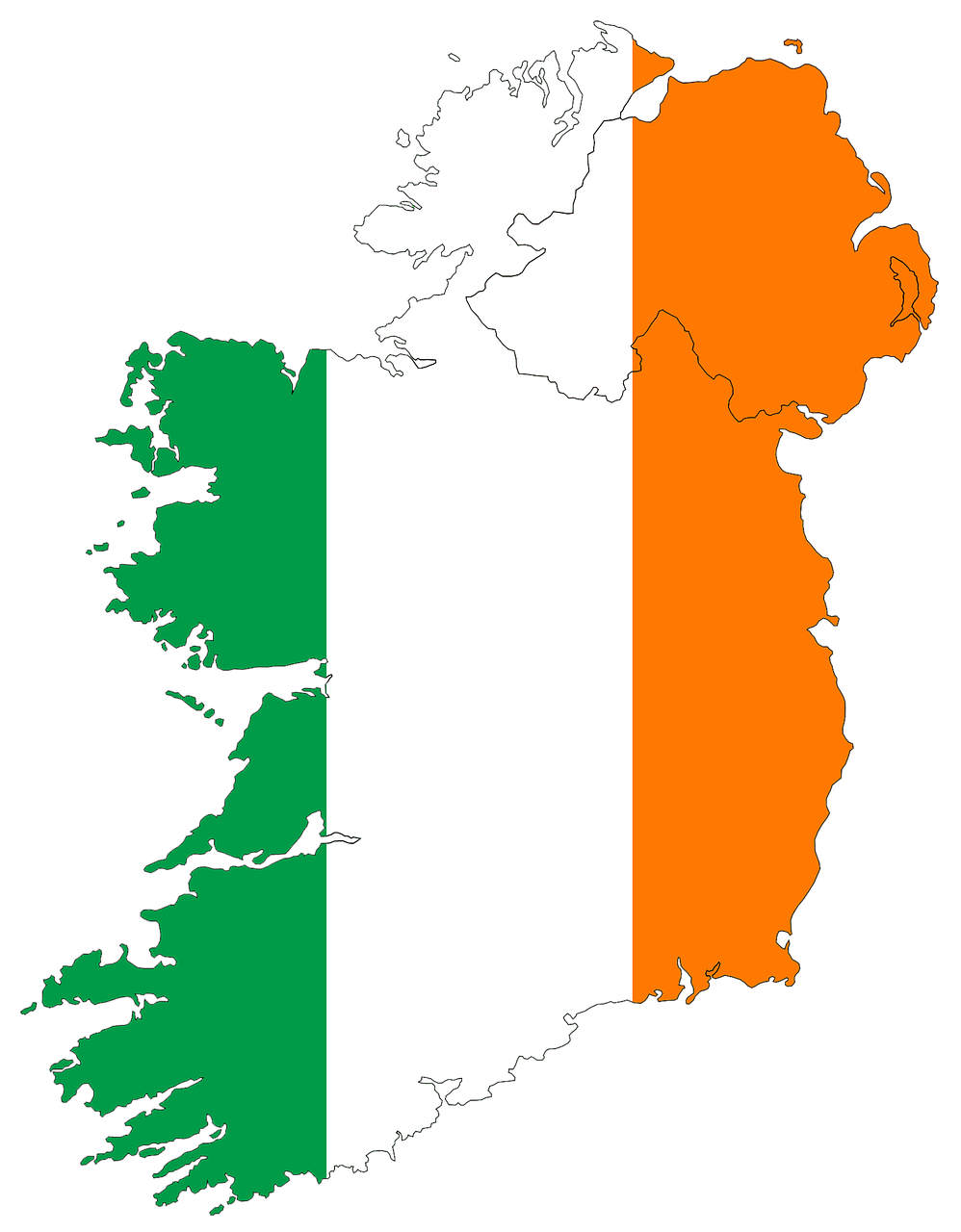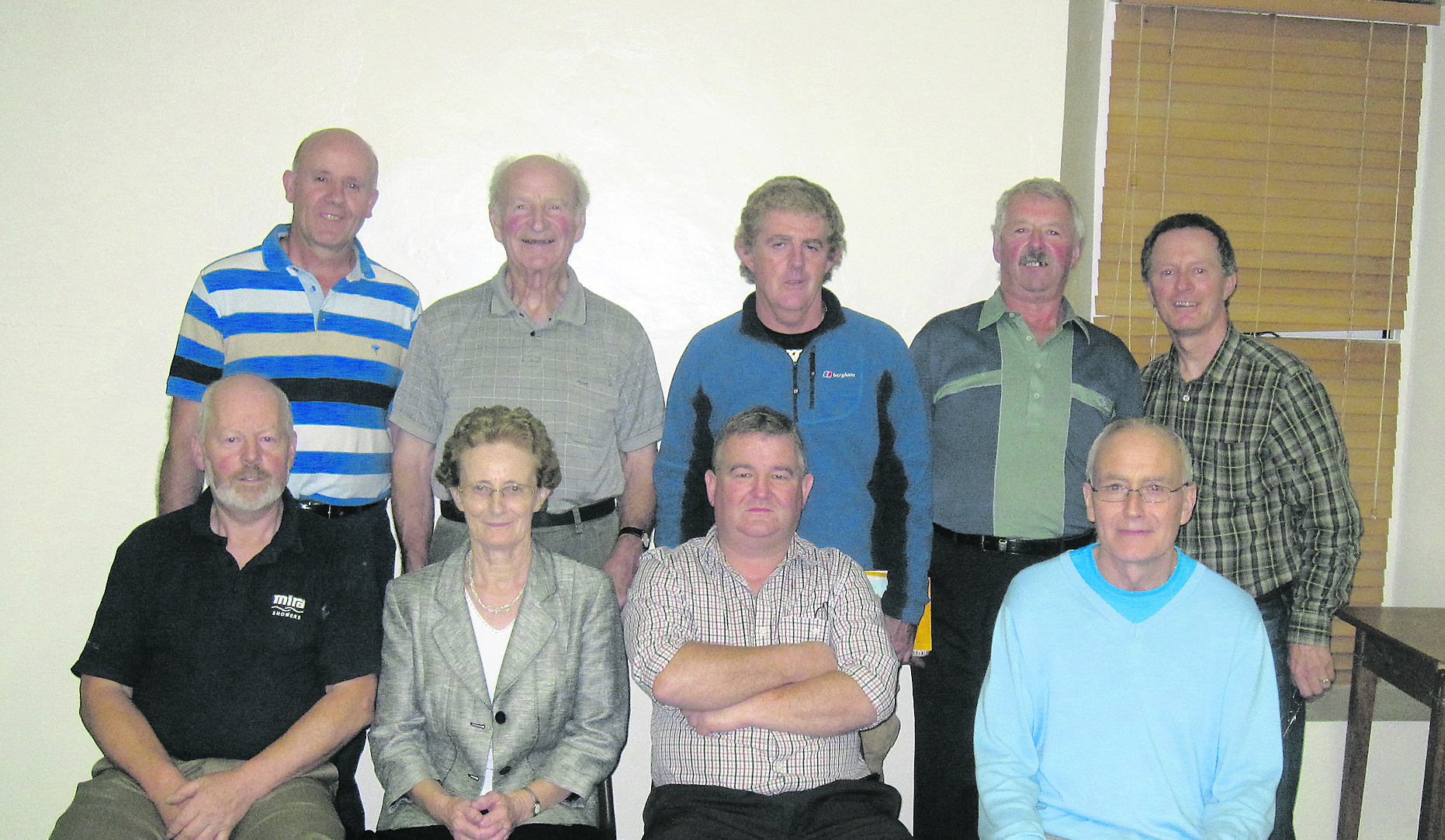 A part of Doneraile’s past will be brought to life on Saturday week when William Burke’s storied ride from Cork to Derrynane to solicit the services of Daniel O’Connell will be re-enacted. Ballyhoura Bears Walking Club and the Canon Sheehan Commemorative Committee have joined forces to re-act the 90 mile journey of Saturday August 31st. The event is organised to mark what became known as the Doneraile Conspiracy and which was the subject of much of Canon Sheehan’s famous book ‘Glenanaar’
A part of Doneraile’s past will be brought to life on Saturday week when William Burke’s storied ride from Cork to Derrynane to solicit the services of Daniel O’Connell will be re-enacted. Ballyhoura Bears Walking Club and the Canon Sheehan Commemorative Committee have joined forces to re-act the 90 mile journey of Saturday August 31st. The event is organised to mark what became known as the Doneraile Conspiracy and which was the subject of much of Canon Sheehan’s famous book ‘Glenanaar’
It is planned to retrace Burke’s journey by groups walking in stages from Cork’s Grand Parade, where Burke set out from the then Cork Courthouse, later Queen’s Old Castle, to the ancestral home of O’Connell.
Six groups will walk different stages on Saturday August 31st all commencing at 10am from starting points in the Grand Parade, Dripsey, Macroom, Ballyvourney, Morley’s Bridge and Kenmare and will overnight in Sneem before all coming together and completing the walk from the picturesque Kerry town on the final lap to Derrynane on Sunday morning.
A very informative piece on the background to William Burke’s ride and the Doneraile Conspiracy is contained in a piece provided for the Vale Star by Norah O’Keeffe of the Canon Sheehan Commemorative Committee and is set out hereunder.
‘A major event in Doneraile History is known as the Doneraile Conspiracy. In the early decades of the 19th century Whiteboy activity became very prominent in the Doneraile area. There was a collapse of prices for agricultural produce after Napoleon’s defeat at Waterloo. Unfortunately, the rents of agricultural holdings did not decrease, so many people were in dire straits. The Whiteboy organisation got a new lease of life and many landlords’ houses around Doneraile were raided, including Carker House where the lady of the manor promised the Whiteboys that she would procure for them good quality wine from her basement. She then took the opportunity of escaping through the iron bars of her cellar and made her way to her husband and the military in Doneraile. The burning of Lissa House took place in 1823, and there one of the Whiteboys’ muskets exploded in his hand, severing a finger. He was tracked down to his little cabin and was later hung in a field overlooking the site of the burned house. As the 1820s progressed three Doneraile landlords were marked out for vengeance, Michael Creagh, Rear Admiral Evans and George Bond Lowe. The spark that set the whole thing on fire was an episode that happened in January 1829. A dinner party was held at the seat of Rear Admiral Evans at Oldtown near Shanballymore. After the party, on their way home the carriage of Dr. Norcott was mistaken for that of Michael Creagh; both were yellow in colour. Two coachmen were injured and afterwards the Doneraile landlords decided to hit back. Things began to get worse when George Bond Lowe was shot at when reading at home in Clogher -his lamp beside him was smashed-and in a second episode his horse was shot on his way home from Mallow Fair. The landlords in the area arrested over 20 Doneraile men and arraigned them for trial at a special Commission in Cork Courthouse in October, 1829. Paid informers were on hand to provide the evidence. The first four prisoners were sentenced to death and as the evidence, judge and jury were going to be the same for the rest, there was little hope of saving the lives of the so-called conspirators. So, on Saturday a brother of one of the accused yet to be tried decided to get the help of the one man in Ireland who could save the situation, Daniel O’ Connell, but he was 90 miles away, across the Kerry border, on the shores of the Atlantic. He might as well be on another continent, so impossible did it all appear. Not so, however, to his brother William Burke who undertook the almost impossible in undertaking to ride all the way to Derrynane and have O’Connell back in Cork for the trial of the next batch of prisoners on Monday morning.
Canon Sheehan in his book Glenanaar beautifully describes William Burkes ride,’ ‘It is a wet, warm night, dark as Erebus; and the twain, steed and rider, knew nothing of the road. All they knew was that they should follow for some time the course of the river which they could hear murmuring on the left as it tore over stones and pebbles on its mad rush to the sea. They were soon splashed with mud from head to heel, and the soft, warm rain had penetrated under and through the light garments the rider wore, that his weight might lie easy on the gallant animal, on whose endurance and swiftness so many lives were now depending. But neither animal nor rider felt aught but the stimulus of some mighty force that summoned all their energies, and would make their success a triumph beyond description, and their failure-well, as the thought of its possibility flashed across the young man’s mind, a great lump came into his throat, and he had to gulp down his emotion.
His brother-the lad who was endeared to him by a thousand associations, of childhood, boyhood and manhood, was within possible distance of the hangman’s grasp…and oh! It was too terrible to think of!
Daniel O’Connell agreed at once to defend the rest of the prisoners and promised to be in Cork Courthouse on Monday morning. When William Burke arrived at Cork early Monday morning he was met at the outskirts of the city with the question “What’s the news, William?”, to which he replied that O’Connell was on his way. The jubilant news travelled by word of mouth from Blackpool right through the city to the surroundings of the court. When the ordinary people heard the news it was as if they were now a multitude, the Great Dan was among them. When the Solicitor General heard the news, the colour left his face. When pressed by O’Connell, the informers began to contradict one another, and one of them said, ‘It is little I thought Mr. O’Connell I’d be answering you this day”. The Solicitor General even more foolishly said that an allegation was made on false facts. The conspiracy that had begun in a blaze of publicity frizzled out in the end. Those who had been sentenced to death on the first day had their sentences reduced to transportation to Australia. 70 year old John O’ Leary was one of them. He continued to plead his innocence, and he more than any other concerned O’Connell greatly. He eventually got amnesty but it was too late for him, he was over 80 years of age and too old to return home. More than anyone else he was the true victim of the Conspiracy’.






